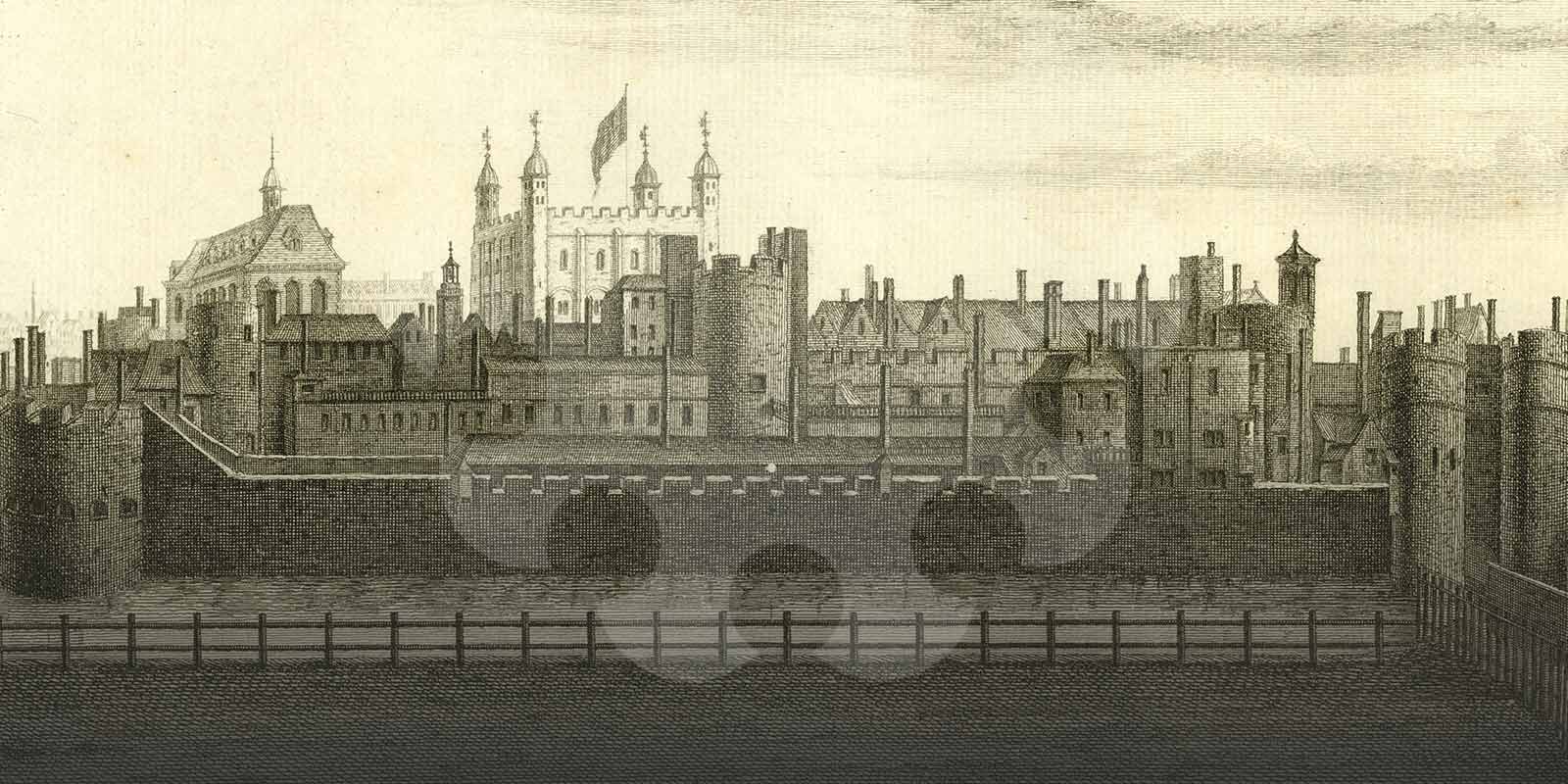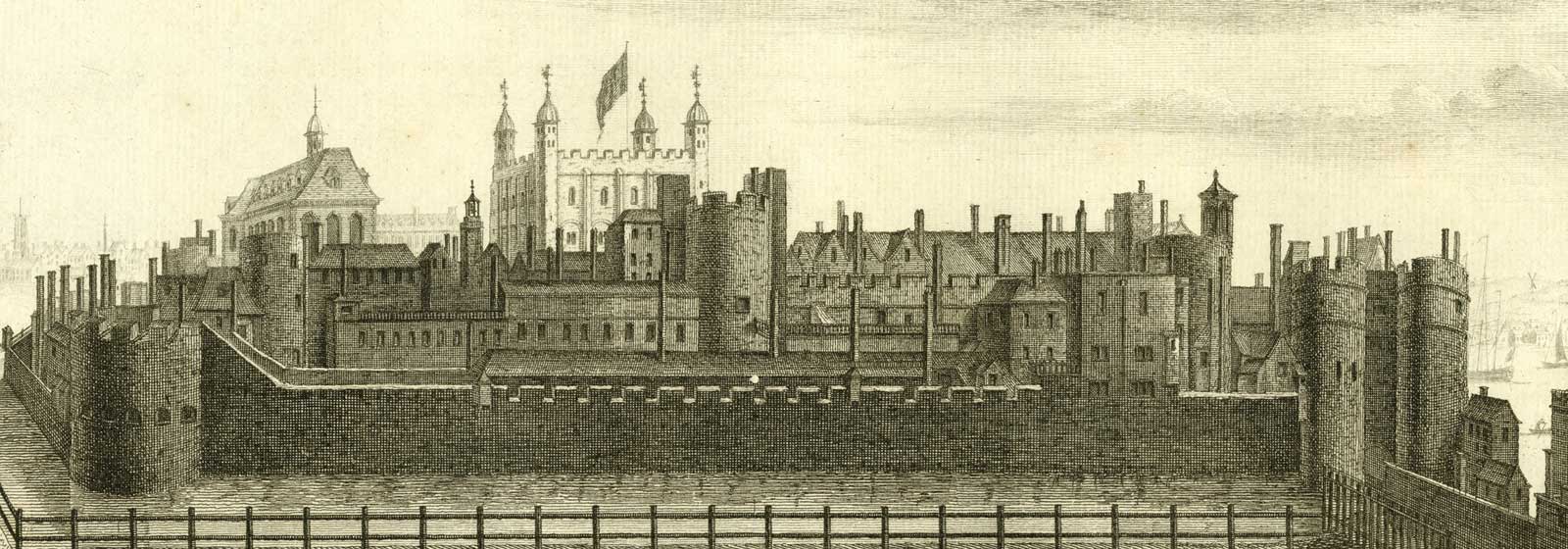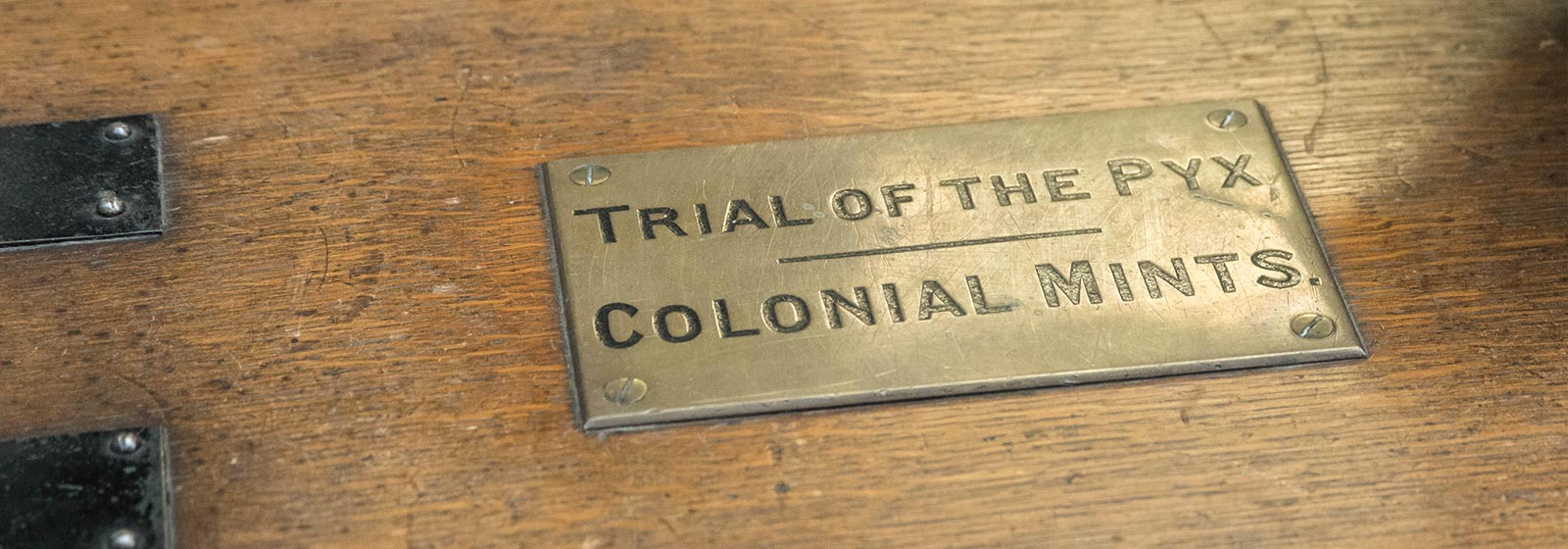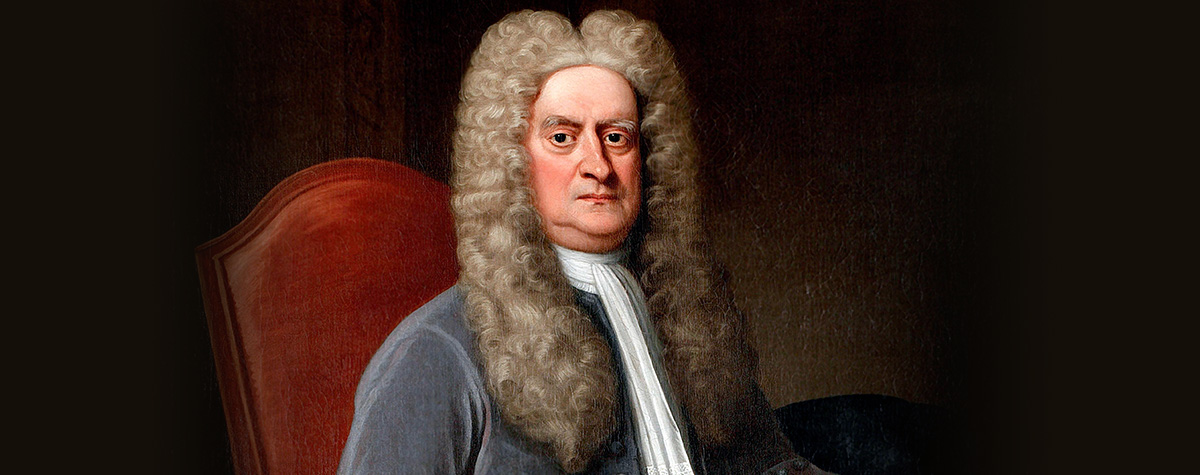c.880
Our First Coin
Struck in the ninth century, during the resettlement of London after its Viking occupation, this silver penny of Alfred the Great marks the beginning of our story.
1279
A Move to the Tower of London
By 1279, minting moves to more secure quarters within the Tower of London. Government records show the sum of £729 17s 8½d was paid for work on the Mint in the Tower and references ‘the little tower where the treasure of the mint is kept’.
1282
The Trial of the Pyx Established
Coins produced by The Royal Mint are independently checked for quality and accuracy through a ceremony known as the Trial of the Pyx. The proceeding, which was officially formed in 1282, still takes place to this very day.
1340s
The Birth of Gold Coinage
The first regular, gold circulating coin appears in the form of the gold noble during the reign of Edward III, valued at 6s 8d.






